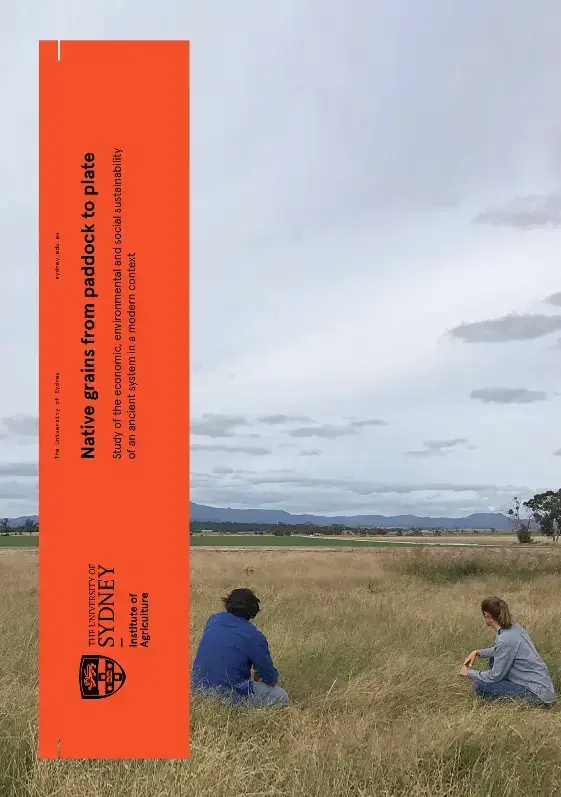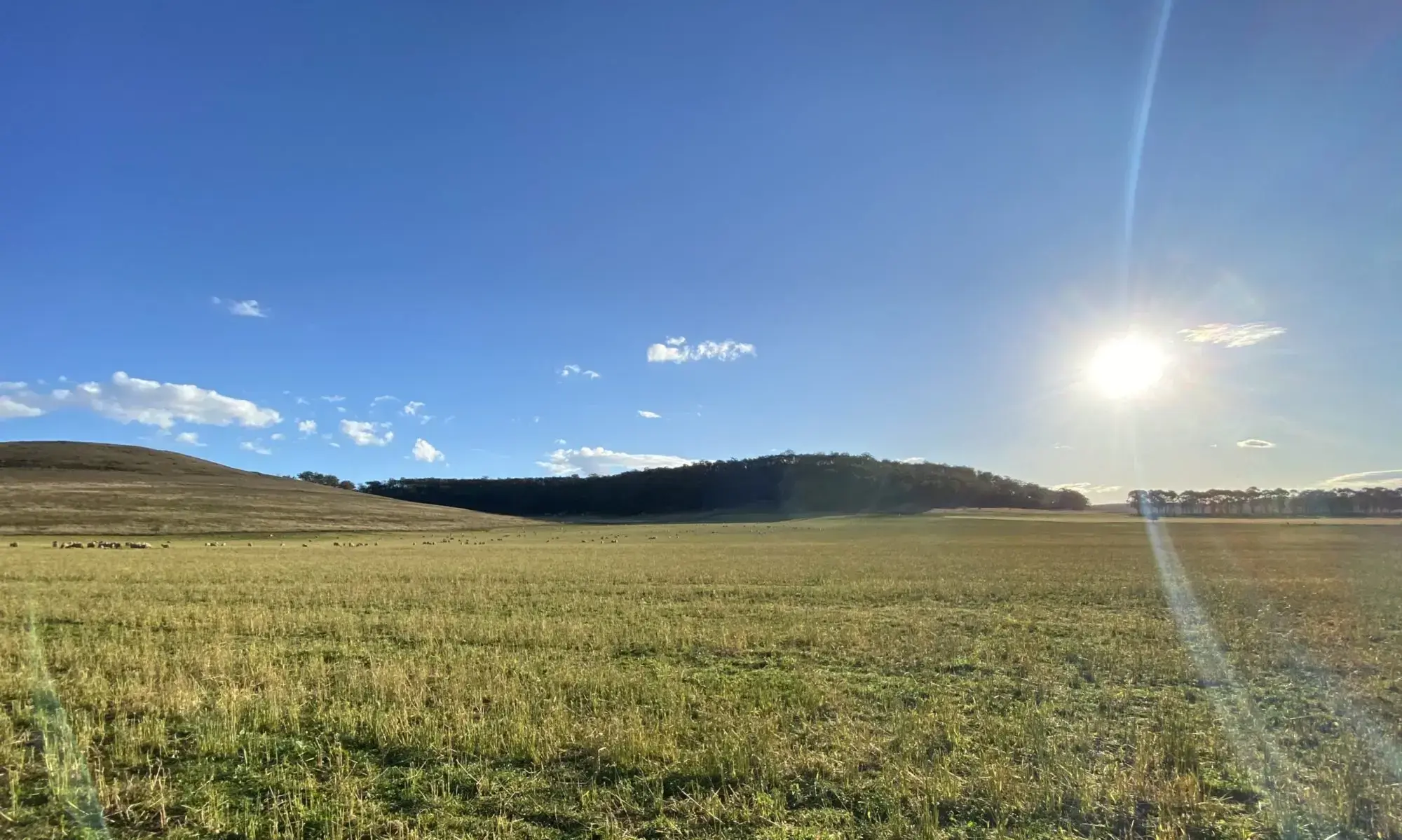New research on Indigenous grains for culture, nutrition and the environment
Over the past decades there has been a growing interest in production of native grasses. In collaboration with local Indigenous groups, farmers and researchers, the most extensive study of indigenous grains from paddock-to-plate has just been completed by the University of Sydney.
The Indigenous Grasslands for Grains project from the University of Sydney was a year-long research project into the environmental, economic and cultural viability of growing native grains. The study’s first report, showing very promising results, was recently released.

Native grains on Gomeroi country
The project studied what is known in the local language as dhunbarbila (meaning lots of edible grain/seed in one place; similar to English ‘grain crop’) on Gomeroi country near Moree and Narrabri in NSW. Guiding the study was Black Duck Foods, a social enterprise and commercial grain production business owned by indigenous food expert Bruce Pascoe on Yuin country near Mallacoota. The project used a multidisciplinary approach to investigate the economic, environmental and social features of the ancient native grain food system of Aboriginal people in the modern world. After studying 15 native grain crops in conjunction with local Indigenous groups and farmers, researchers found native millet to have the most potential on Gomeroi country with its nutritional value, sustainable growth and ease of processing.
Other species were found to have niche uses. Dhamu (purslane or pigweed) was found to have a potential for export as it has an established market in cultures around the world and is high in omega-3. Wattle, kurrajong, nardoo and quandong were other promising edible species which have been flagged for future research.
The future of native grasses as food
In consultation with Bruce Pascoe, ecologists, social researchers, food scientists and business experts, the project found that improved seed processing and marketing would be the next step towards making the grains commercially available. In consultation with the Local Aboriginal Land Councils from Wee Waa and Narrabri indigenous people expressed the need for:
- Indigenous community involvement
- Collaboration between communities
- Knowledge sharing
- Economic benefits
- Links into formal education
Want to learn more? Register for this month’s Native Grains Knowledge Sharing webinar series with Dr Angela Pattison or find the report here.





